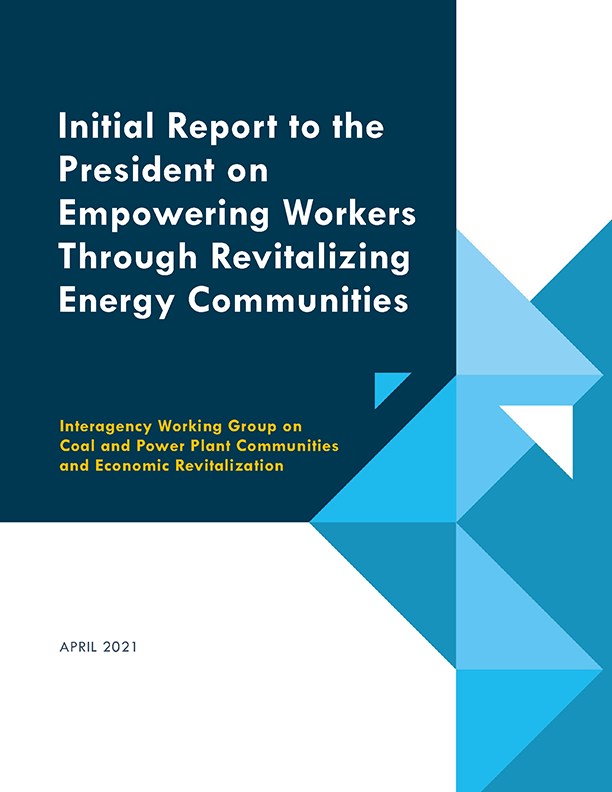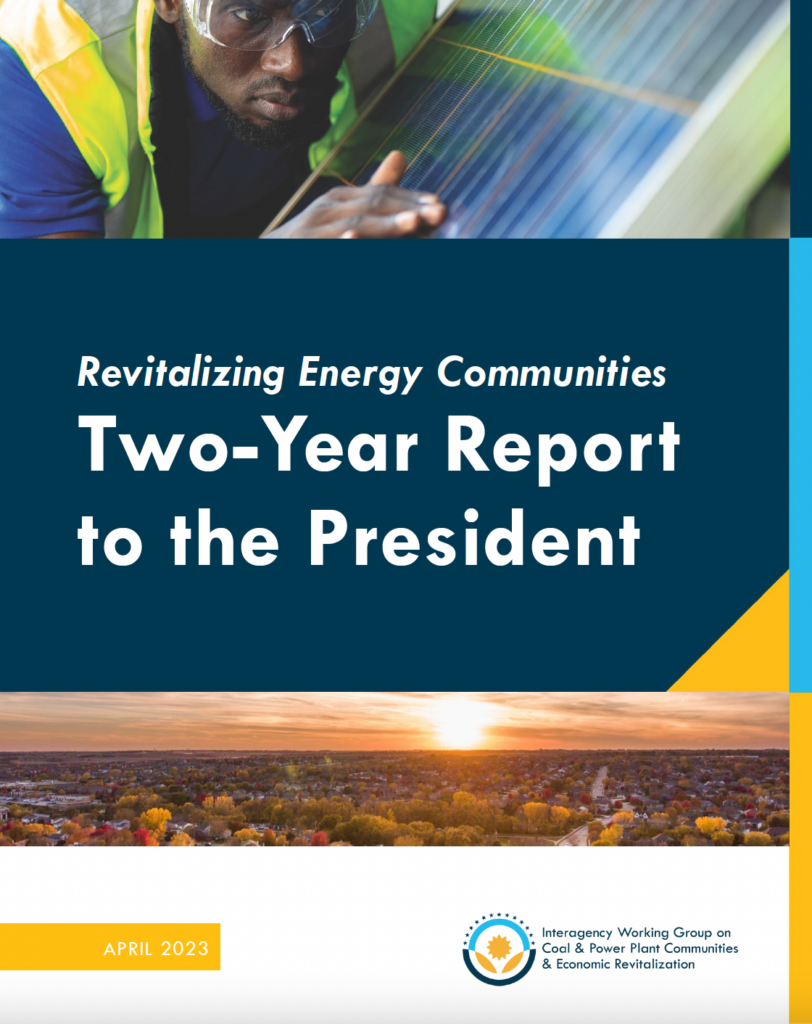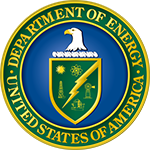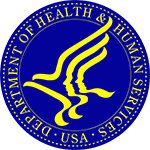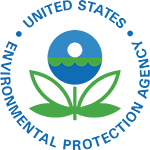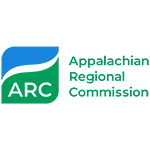Background
The Interagency Working Group on Coal and Power Plant Communities and Economic Revitalization (Energy Communities IWG)
Who We Are:
Fueled by historic levels of federal investment opportunities, the mission of the Interagency Working Group on Coal and Power Plant Communities and Economic Revitalization (Energy Communities IWG) is to drive more funding and more resources to more energy communities more quickly to help rebuild and diversify their economies.
We engage with state and local officials across the political spectrum, community groups, labor unions, corporations, investors, colleges and universities, philanthropic groups, and others. We listen to their respective needs and prioritize and coordinate federal actions to support community-led efforts to spur economic revitalization.

Why it Matters:
For generations, coal, oil and gas, and power plant workers powered the nation’s economy — and our very way of life. With those industries in decline, traditional energy communities are at risk of being left behind in our rapidly evolving economy.
While there are no quick fixes, the Bipartisan Infrastructure Law and the Inflation Reduction Act build on annual appropriations, creating a once-in-a-generation opportunity to invest billions of dollars in America’s energy communities. Over the long term, these investments will help drive good jobs in everything from clean energy and advanced manufacturing to tourism, entrepreneurial hubs and much more.
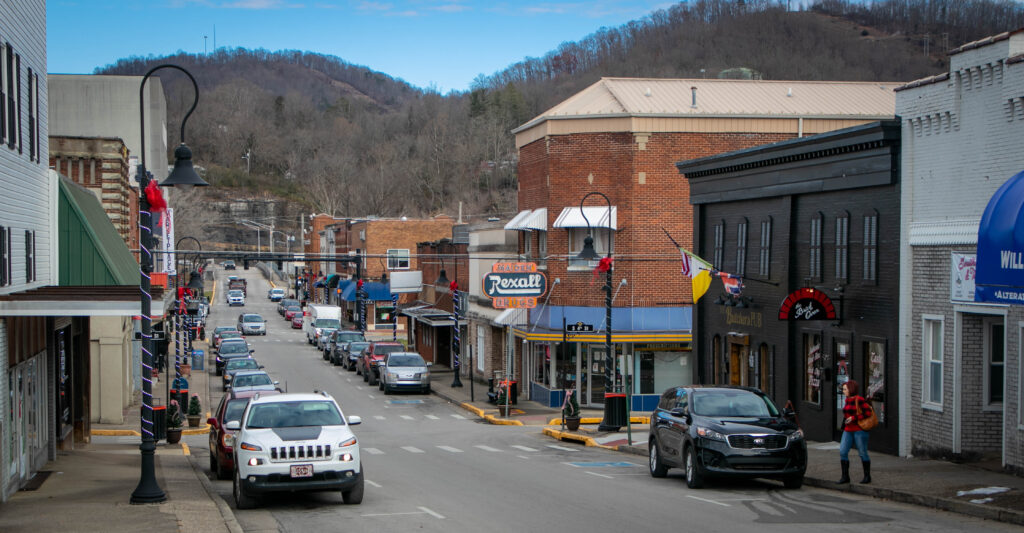

Making a Difference Today:
A massive infusion of federal investments is now beginning to flow to America’s energy communities — in excess of $20.79 billion just since the start of 2021. Currently, more than $500 billion is available in open/planned funding and tax credit opportunities.
Federal Investments in Energy Communities, January 2021 – October 2024
| Awards to Energy Communities by Focus Area | Federal Investments |
|---|---|
| Energy Infrastructure | $9,672,546,679 |
| Environmental Cleanup | $2,621,011,584 |
| Economic Development | $2,611,556,160 |
| Other Infrastructure | $2,318,774,271 |
| Telecommunications/Broadband | $1,759,956,870 |
| Transportation Infrastructure | $1,052,428,199 |
| Health and Safety | $301,336,716 |
| Education and Workforce Development | $266,024,160 |
| Other Priority Program Areas | $187,564,573 |
| Total Investments in Energy Communities | $20,791,199,212 |
These public investments, matched by billions more in ongoing private sector investments, can potentially create millions of direct jobs while also investing in the innovation and supply chains that are the backbone of the American industrial economy.
According to a 2023 report from the U.S. Department of the Treasury, “It is well-established that clean investments grew meaningfully after the [Inflation Reduction Act] passed. But we find that clean investments grew especially quickly in ‘Energy Communities,’ areas with a history of fossil fuel production, where clean industry potential exists but opportunity has been scarce.”
There is far more work to do in the coming years, but initial results are encouraging.
Our Priorities:
The Energy Communities IWG is providing robust support to workers and community leaders in 25 targeted energy communities. Ongoing activities include:
- Bringing people together. Senior officials and technical experts from the White House and across the federal government met with thousands of stakeholders in dozens of states and Tribal areas (in-person and virtually) during more than 50 events and workshops. These ongoing sessions allow federal officials and policymakers to hear directly from energy communities about their unique needs and, in return, offer them tangible resources and actionable advice.

- Creating and managing a centralized online clearinghouse for funding and support. For the first time ever, funding opportunities and a wide array of related technical resources from across 11 federal agencies can be accessed via a centralized, online clearinghouse.
- Launching Rapid Response Teams (RRTs). The Energy Communities IWG deployed RRTs in Eastern Kentucky, Pennsylvania, Appalachian Ohio, the Four Corners region, the Illinois Coal Basin and Wyoming. This support includes everything from identifying relevant funding opportunities to market studies, site-specific analysis, grant logistics and more. Additional RRTs will be announced in the future.
- Providing a “Navigator” service. This personalized service features a dedicated team of experts who are reachable directly by email to answer questions and connect energy community stakeholders with federal agency partners and other resources related to grant assistance, infrastructure and workforce development. Contact the Navigator service here.
- Publishing a “Getting Started Guide.” This downloadable, step-by-step guide helps energy communities — and the coal and oil and gas workers who were part of their lifeblood — start the process of planning or responding to ongoing economic, demographic and social shifts in their regions.
- Promoting tax credits and federal incentives to encourage private sector investment in energy communities. The Energy Communities IWG continues to promote the $10 billion § 48C Qualifying Advanced Energy Project Credit program, which requires that at least $4 billion be reserved for projects in communities directly impacted by coal mine or coal-fired power plant closures. This includes promoting the Energy Community Tax Credit Bonus, which applies a bonus of up to 10% (for production tax credits) or 10 percentage points (for investment tax credits). These competitive tax credits help advance environmental cleanup, economic development, workforce development and infrastructure investments, with some of the largest incentives in the clean energy supply chain and deployment areas.

Additional Resources:
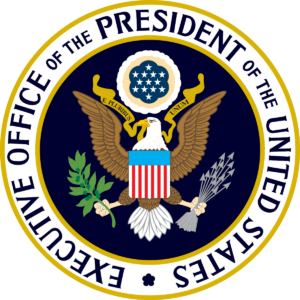
Download President Biden’s Executive Order creating the Energy Communities IWG, EO 14008: Tackling the Climate Crisis at Home and Abroad (2021).

 )
or https:// means you’ve safely connected to
the .gov website. Share sensitive information only on official,
secure websites.
)
or https:// means you’ve safely connected to
the .gov website. Share sensitive information only on official,
secure websites.

